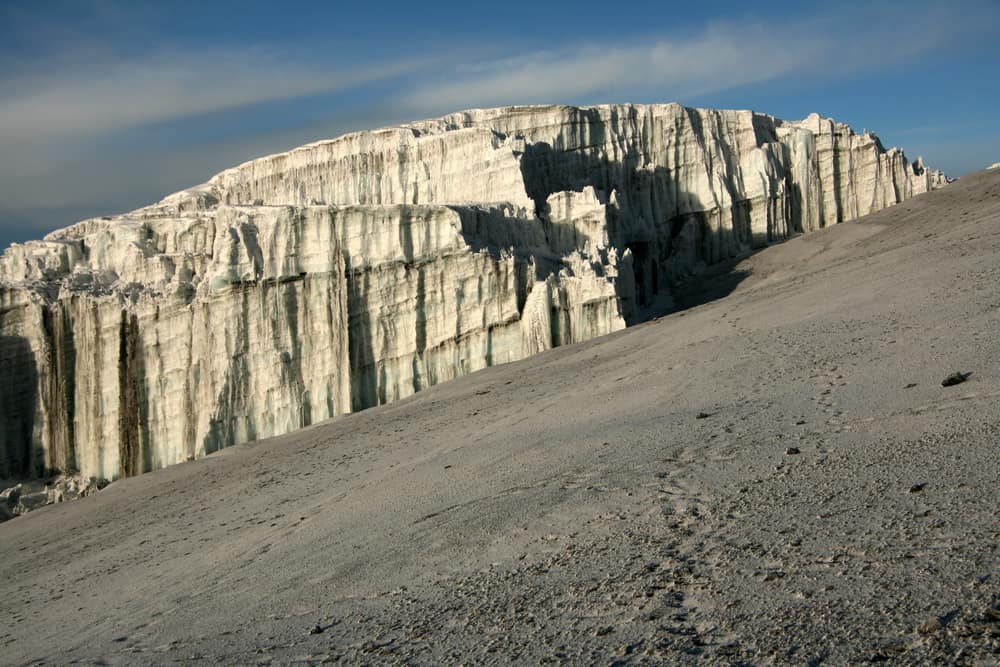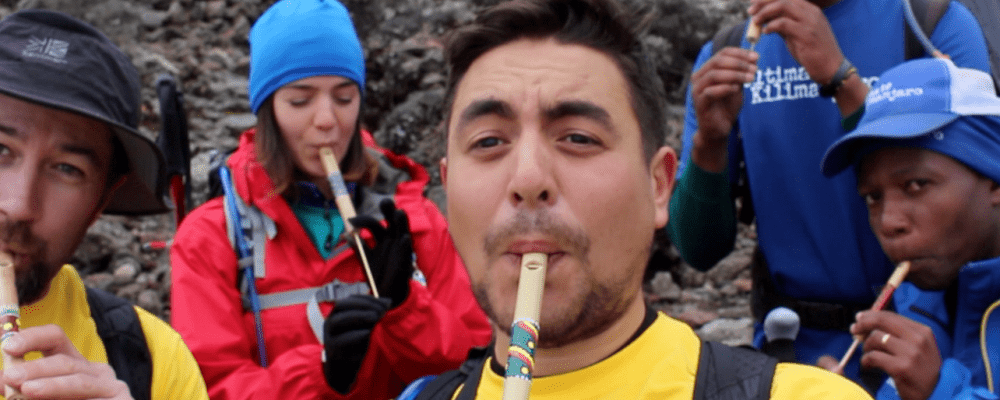
World Heritage Glaciers To Be Lost
The United Nations released a report stating that glaciers across the globe, including the last ones on Mount Kilimanjaro, are expected to be lost by 2050 due to climate change. This includes glaciers in a third of UN World Heritage sites, such as the Alps, and Yosemite National Park in the US.
Despite global efforts to combat climate change, these glaciers will melt inevitably, according to the report.
Based on satellite data, the report highlights that about 18,600 glaciers across 50 UN World Heritage sites, representing nearly 10% of the Earth’s glacierized area, are at risk. These sites are not only popular tourist destinations but also hold significance for local communities. The glacier retreat and disappearance serve as some of the most dramatic evidence of Earth’s warming climate.

UNESCO project officer Tales Carvalho Resende, one of the report’s authors, expressed hope that their projections might be wrong but acknowledged the ‘hard science’ behind their findings. Glaciers are crucial indicators of climate change due to their visibility and measurable changes.
The report suggests that the remaining glaciers in the other two-thirds of UN World Heritage sites could be saved if the world manages to limit global warming to 1.5°C. However, another UN report released last week indicates that currently, there is “no credible pathway” to achieving this goal. The findings come as world leaders prepare for the COP27 climate change conference in Egypt.

Kilimanjaro’s Shrinking Glaciers
The retreat of Kilimanjaro’s glaciers is not a new phenomenon, but the pace at which it has occurred in recent years is alarming. Scientists have been closely monitoring these changes, noting significant reductions in ice cover. Historical data and photographs from the late 19th and early 20th centuries depict a mountain heavily draped in ice, a stark contrast to today’s sparse glacial remnants. Scientists have calculated that Kilimanjaro’s ice sheet has shrunk by more than 85% since 1912, with the rate accelerating in recent years. In the last 10 years, the three remaining ice fields have shrunk by 26%.
The primary driver behind this glacial retreat is global warming. Rising global temperatures have accelerated the melting of ice. However, local factors, including deforestation and changes in land use in the mountain’s foothills, have also contributed to this loss. These human-induced changes have led to decreased precipitation and higher temperatures in the region, exacerbating the ice melt.





























































